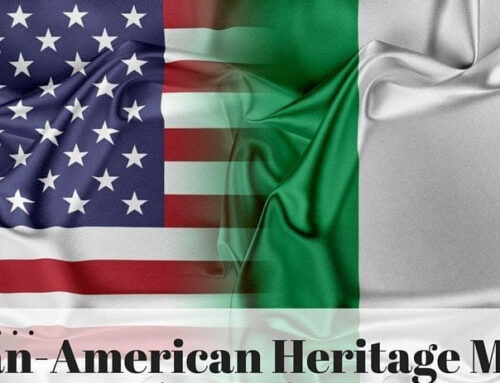The mistletoe Americans are familiar with — phoradendron serotinum — grows primarily in the Southeast and as far west as Texas and Oklahoma. In swamps, it can be plucked off low-hanging branches by hand. It can sometimes be taken by ladder or by climbing a tree.
But those cute little wonders of nature, those totems of romanticism that turn Scrooges into smoochers during the holiday season, often find their way to doorways by first getting themselves blasted out of treetops.
Mistletoe shooting has a long tradition in the southeastern United States. Often it’s the best way to harvest the plant. That’s because mistletoe generally attaches itself to the top limbs of hardwood trees, making it virtually impossible to grab by hand.
The English custom crossed the ocean to the colonists. In Virginia, Christmas was observed and celebrated with plenty of food and drink. Hunting parties would spend a day shooting down the mistletoe from its lofty perches. The mistletoe sprigs were given to the women of the house for decorations. And in Victorian times, a mistletoe kissing ball was created as a favorite holiday treat.
Virginia’s William Byrd (1674-1744), a Colonial planter and founder of Richmond, wrote directions for collecting the mistletoe berries in December and January and drying them in a warm kitchen. But he forgot to tell us why.
In days of yore, folks believed mistletoe held mystical powers over life and death and healing. Even Hippocrates and Pliny the Elder mentioned mistletoe for treating epilepsy. The tradition of hanging mistletoe goes back to the ancient Druids. In the Middle Ages, the plant was supposed to bring good luck to the household and ward off evil spirits.
There are a number of theories about the origins of this tradition, including it being a hangover from the Romans’ Saturnalia celebrations or wintertide fertility rituals of the druids. Perhaps the most charming idea derives from a Viking myth of Frigg, goddess of love and marriage, and her ill-fated son Balder. Balder was so beloved that all things on earth – including living creatures, elements, metals, sicknesses and plants – were persuaded by Frigga to take an oath never to harm him.
Envious of his invincibility, the god Loki sought the one thing that had been overlooked – the tiny mistletoe – and contrived to have a deadly dart of the plant thrown at him. Devastated, Frigg declared mistletoe a symbol of peace and love, promising to kiss any who walked under it so that he might be remembered.
Whatever the true origin, kissing under the mistletoe was certainly an established Christmas custom by the early nineteenth century. In his short sketch Christmas Eve (1820), Washington Irving described ‘the mistletoe, with its white berries, hung up, to the imminent peril of all the pretty housemaids.’
When the first Christians came to Western Europe, many church leaders tried to ban its use. However, in Yorkshire, England, a stronghold for the Norsemen, York clergy held special mistletoe services in the winter for sinners to be pardoned.
In the 1500s court of King Henry VII, a painting shows his majesty at Westminster Hall with many kissing boughs, made of clumps of evergreens and candles, hanging from the ceiling. In 18th century prints, we see mistletoe hung in local taverns, coffeehouses and kitchens throughout Europe.
Findings have shown the mistletoe plant to be toxic, so today there are artificial means.






